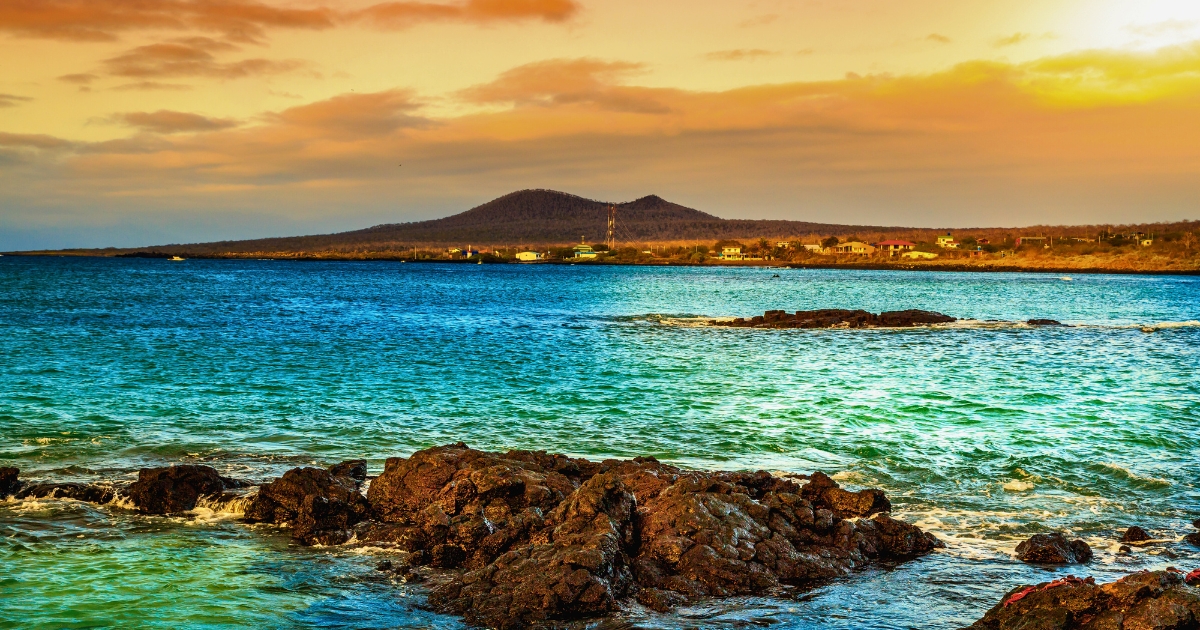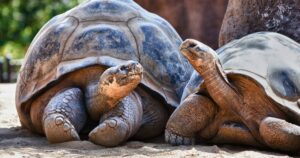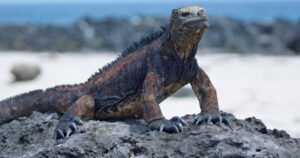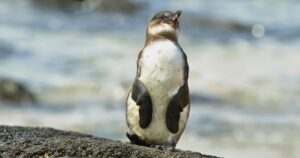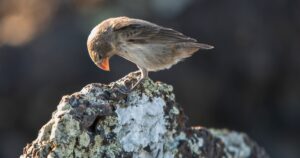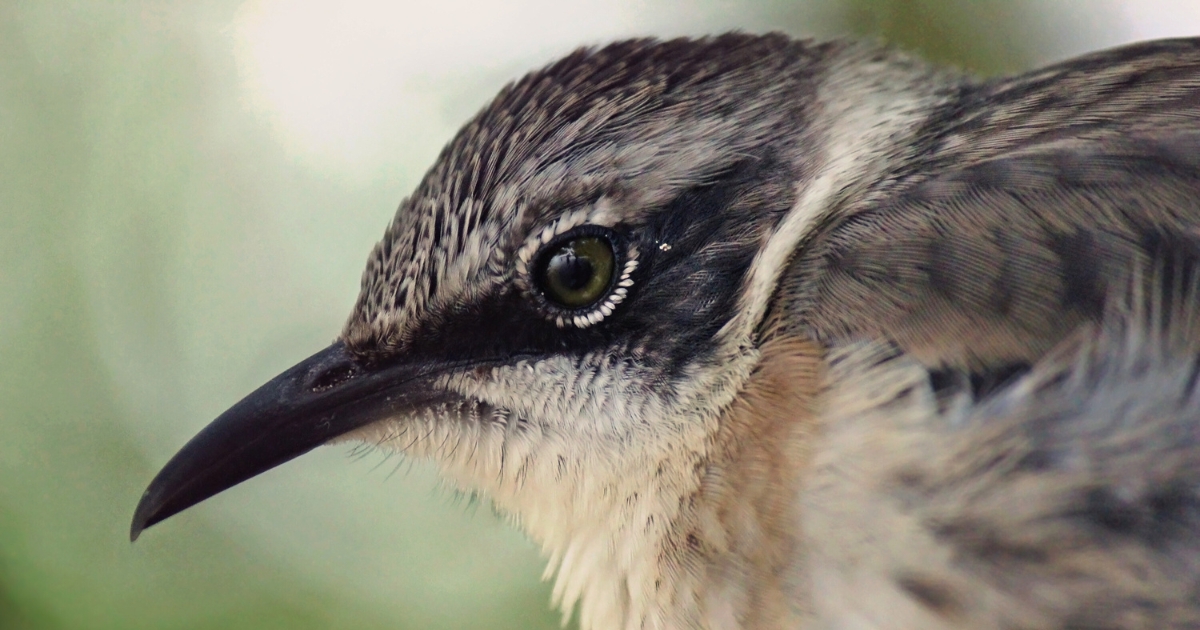The Galápagos Islands are a group of volcanic islands scattered across the Pacific Ocean, approximately 1,000 km off the coast of Ecuador. The unique ecosystem created by this isolated environment became the foundation for Charles Darwin’s “On the Origin of Species” and his theory of evolution. In this article, we will explore the natural environment of the Galápagos Islands, their endemic species, and their connection to Darwin’s research.
- Geography and Climate of the Galápagos Islands
- A Treasure Trove of Endemic Species
- Diversity of Darwin’s Finches
- Darwin’s Stay in the Galápagos Islands
- Darwin’s Observations and Theory of Evolution
- Conservation and Challenges in the Galápagos Islands
- The Galápagos Islands and Modern Evolutionary Research
- Conclusion
Geography and Climate of the Galápagos Islands
The Galápagos archipelago consists of 13 main islands and numerous smaller islets. Despite being located on the equator, the islands have a relatively cool climate due to the influence of the Humboldt Current. This unique environment has promoted the evolution of diverse species.
A Treasure Trove of Endemic Species
The Galápagos ecosystem is characterized by its high rate of endemism. Approximately 80% of land animals and 30% of plants are endemic species. Some notable endemic species include:
Galápagos Giant Tortoise: A massive land tortoise with shell shapes that vary between islands.
Marine Iguana: The world’s only sea-going iguana, which primarily feeds on algae.
Galápagos Penguin: The only penguin species found near the equator.
Darwin’s Finches: 14 species (15 including the Cocos Finch) of small birds with diversified beak shapes.
Diversity of Darwin’s Finches
Darwin’s Finches are a prime example of adaptive radiation in the Galápagos Islands. These birds belong to the Darwin’s finch subfamily of the tanager family and are classified into five genera:
- Ground Finches (Geospiza):
- Six species including Large Ground Finch, Medium Ground Finch, and Small Ground Finch
- Mainly terrestrial, with thick, strong beaks for eating seeds and insects
- Vegetarian Finch (Platyspiza):
- One species: Vegetarian Finch
- Omnivorous, eating fruits and insects
- Tree Finches (Camarhynchus):
- Five species including Large Tree Finch, Woodpecker Finch, and Mangrove Finch
- Arboreal, with long, slender beaks for catching insects
- Warbler Finches (Certhidea):
- Two species: Warbler Finch and Gray Warbler-Finch
- Small with thin beaks, primarily insectivorous
- Cocos Finch (Pinaroloxias):
- One species: Cocos Finch (found on Cocos Island, outside the Galápagos)
These species have evolved to adapt to the environment of each island, dividing ecological niches. Particularly noteworthy is the “vampire” behavior shown by some populations of the Sharp-beaked Ground Finch (Geospiza difficilis), which have developed a specialized feeding behavior of pecking at the feathers of seabirds to drink their blood.
Darwin’s Stay in the Galápagos Islands
Charles Darwin visited the Galápagos Islands in September 1835 as part of his voyage on the HMS Beagle from 1831 to 1836. During his five-week stay, Darwin observed and recorded the geology and biota of the islands in detail.
Darwin’s Observations and Theory of Evolution
The observations made in the Galápagos Islands significantly influenced the development of Darwin’s theory of evolution. He particularly noted:
- Diversity of Finch Beaks: He observed finches with beak shapes adapted to the diet available on each island.
- Tortoise Shell Shapes: He discovered giant tortoises with different shell shapes on different islands.
- Uniqueness of Flora: He observed plants with characteristics different from those on the South American mainland.
From these observations, Darwin developed the idea that organisms evolve by adapting to their environment. In “On the Origin of Species,” published in 1859, the observations from the Galápagos Islands were presented as important evidence for the theory of natural selection.
Conservation and Challenges in the Galápagos Islands
Due to its uniqueness and vulnerability, the Galápagos ecosystem was registered as a UNESCO World Heritage site in 1978. However, it now faces new challenges, including the development of tourism and the invasion of non-native species.
Invasive Species Problem and Countermeasures
The eradication of invasive species is a crucial conservation activity in the Galápagos Islands. The current situation on each island is as follows:
- Goats: Already eradicated on the main islands.
- Pigs: Successfully eradicated on Santiago Island, with eradication efforts progressing on other islands.
- Cats: Feral cat eradication and pet cat management are being implemented.
- Black Rats: Difficult to eradicate entirely, continuous control efforts are ongoing.
- Invasive Plants: Removal of species like guava and cotton trees, along with restoration of native plants, is in progress.
These measures are implemented with priorities set for each island, significantly contributing to the protection of endemic species.
Tourism Pressure and Environmental Impact
According to 2019 data, over 270,000 tourists visit the Galápagos Islands annually. This increase in tourism has the following environmental impacts:
- Water Resource Depletion: Increased demand for freshwater is putting pressure on groundwater resources.
- Increase in Waste: Disposal of plastic waste and other garbage has become a challenge.
- Ecosystem Interference: Intrusion into wildlife habitats and feeding of animals are becoming issues.
- Acceleration of Infrastructure Development: Construction of hotels and roads is threatening the natural environment.
- Risk of Invasive Species Introduction: The increase in tourists raises the risk of new invasive species being brought in.
To address these challenges, the Ecuadorian government and international organizations are implementing various measures, including limiting the number of tourists, promoting ecotourism, and strengthening environmental education.
The Galápagos Islands and Modern Evolutionary Research
Even more than 150 years after Darwin’s time, the Galápagos Islands continue to be an important field for evolutionary research. Some notable research themes include:
- Adaptive Radiation: Short-term evolutionary processes are being observed through the study of Darwin’s Finches.
- Mechanisms of Speciation: The relationship between gene flow and speciation between adjacent islands is being studied.
- Impact of Climate Change: The effects of climate phenomena such as El Niño on species adaptation are being investigated.
These studies provide valuable opportunities to observe and understand evolutionary processes in real-time.
Conclusion
The Galápagos Islands truly deserve to be called a living laboratory of biological evolution. From Darwin’s time to the present day, the ecosystem of these isolated islands continues to provide keys to unraveling the mysteries of evolution. At the same time, it is a place that strongly reminds us of the impact of human activities and the importance of conservation.
Visiting the Galápagos Islands is not just tourism, but a valuable opportunity to consider the history and future of life on Earth. By tracing Darwin’s footsteps, we can reaffirm the wonder of nature and our responsibility to protect it.
